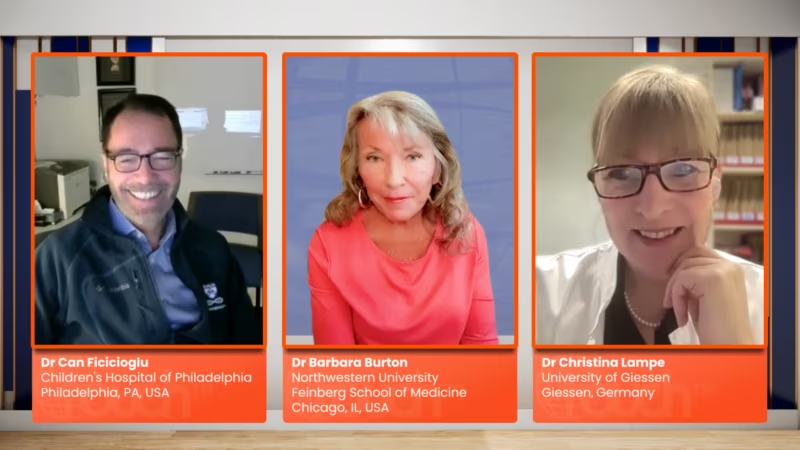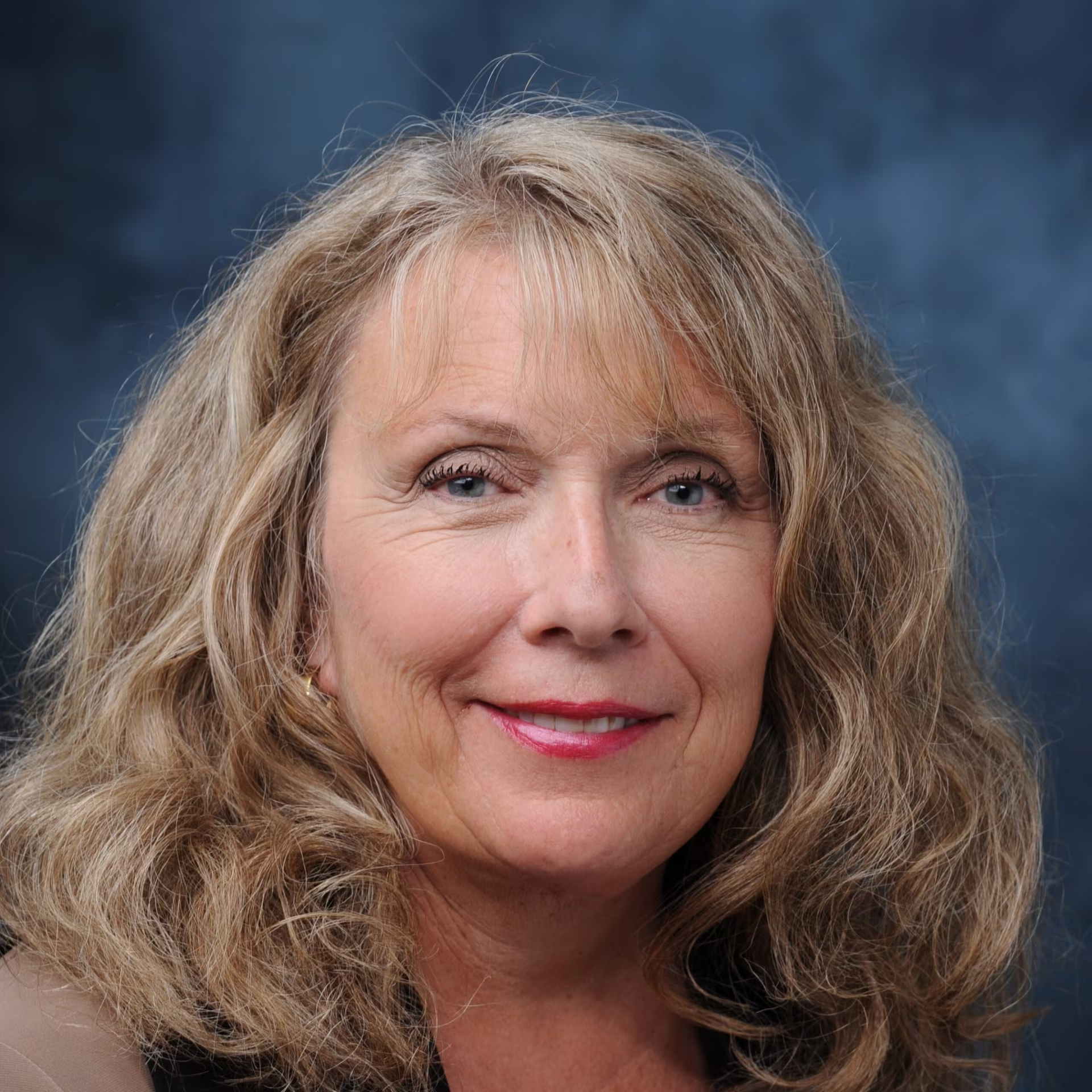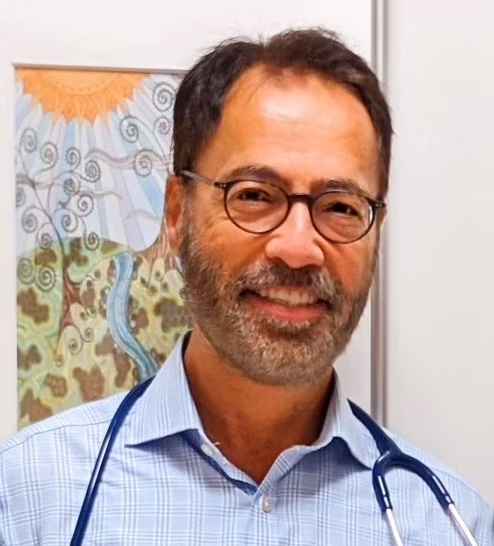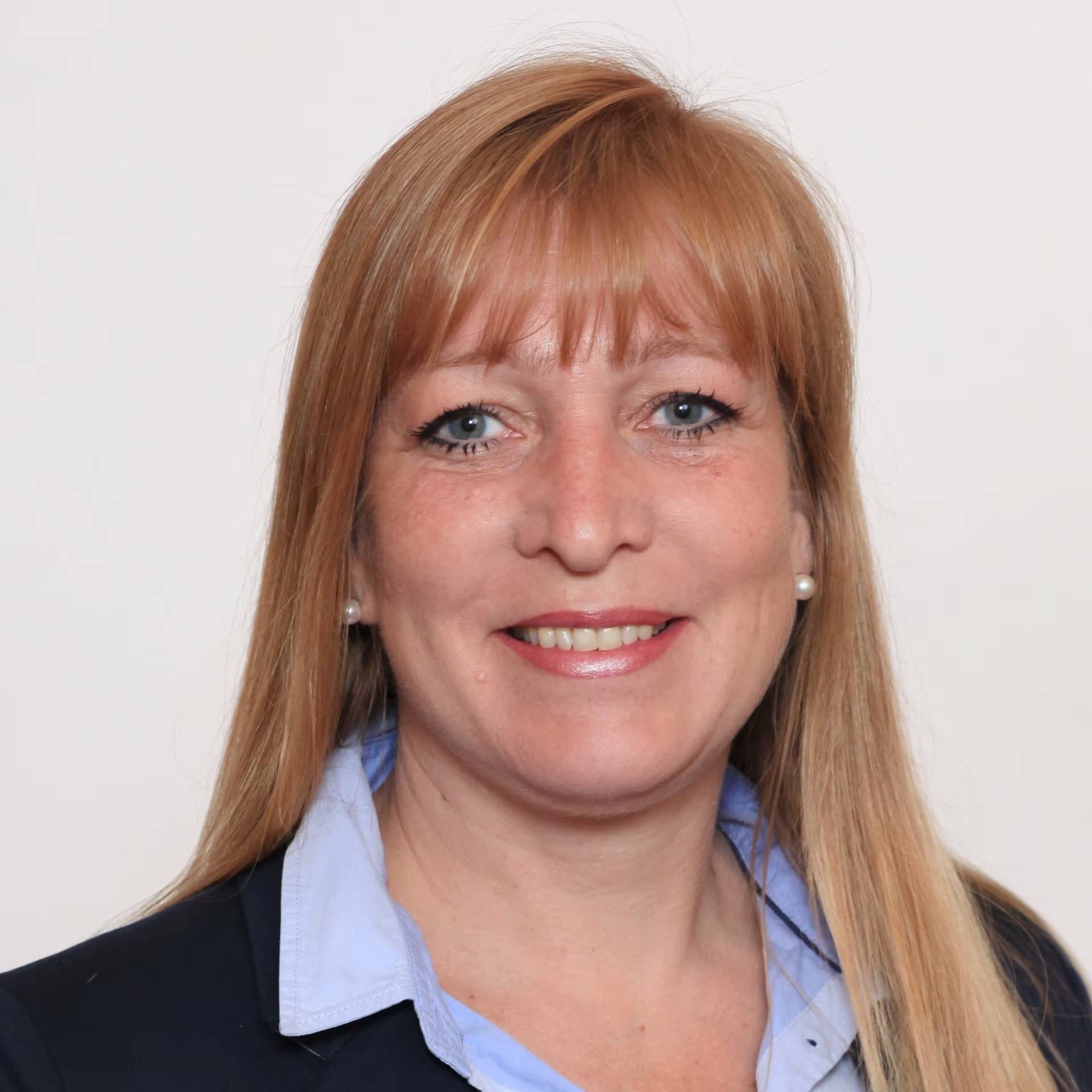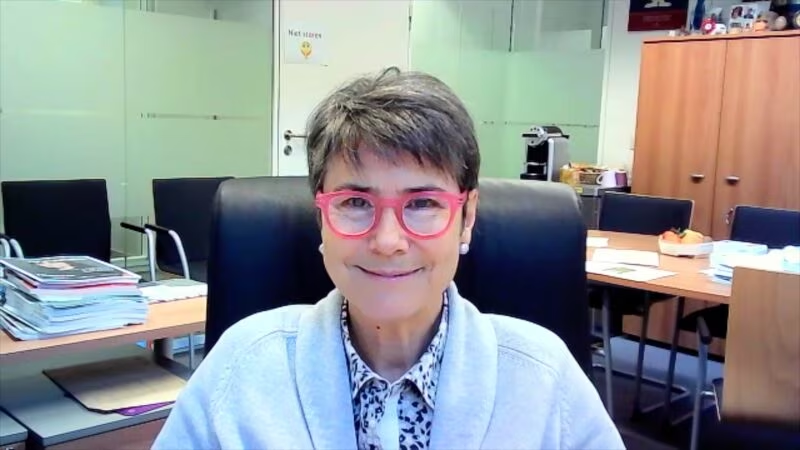Tutorial
These icons indicate there is something to be interacted with. Click it when you see it.
Tutorial
These icons indicate there is something to be interacted with. Click it when you see it.
Tutorial
These icons indicate there is something to be interacted with. Click it when you see it.
touchPANEL DISCUSSION
 A visually engaging discussion designed to emulate a ‘live’ panel experience and provide clinicians with practical expert insights to address their clinical challenges. Useful tips below will show how to navigate the activity.
Close
A visually engaging discussion designed to emulate a ‘live’ panel experience and provide clinicians with practical expert insights to address their clinical challenges. Useful tips below will show how to navigate the activity.
Close
 A visually engaging discussion designed to emulate a ‘live’ panel experience and provide clinicians with practical expert insights to address their clinical challenges. Useful tips below will show how to navigate the activity.
Close
A visually engaging discussion designed to emulate a ‘live’ panel experience and provide clinicians with practical expert insights to address their clinical challenges. Useful tips below will show how to navigate the activity.
Close
Integrating treatment advances for alpha-mannosidosis into effective MDT care
Learning Objectives
After watching this activity, participants should be better able to:
- Identify unmet needs along the alpha-mannosidosis treatment journey, including implications for milestone attainment
- Appraise the latest clinical evidence and potential role for replacement and corrective therapies in the treatment of alpha-mannosidosis
- Formulate strategies to integrate the latest treatment advances into individualized MDT management plans in alpha-mannosidosis
Overview
World experts come together to discuss how to optimize the multidisciplinary management of alpha-mannosidosis along the disease continuum.
Target Audience
Paediatricians, neurologists, geneticists and neurology nurse specialists involved in the management of AM.
USF Accreditation
Disclosures
USF Health adheres to the Standards for Integrity and Independence in Accredited Continuing Education. All individuals in a position to influence content have disclosed to USF Health any financial relationship with an ineligible organization. USF Health has reviewed and mitigated all relevant financial relationships related to the content of the activity. The relevant relationships are listed below. All individuals not listed have no relevant financial relationships.
Faculty
Dr Barbara K Burton discloses: Advisory board/panel fees from Amgen, JCR Pharma, Moderna and Orchard. Consultancy fees from Alltrna, Chiesi, Passage Bio, Takeda and Ultragenyx. Speaker’s bureau fees from Amgen, Biomarin and Takeda.
Dr Can (John) Ficicioglu discloses: Advisory board/panel fees from Chiesi (relationship terminated). Grant/research support fees from Denali Therapeutics, JCR Pharmaceuticals, Moderna, Passage Bio, Regenexbio and Trevena.
Dr Christina Lampe discloses: Advisory board/panel and consultancy fees from Alexion, Amicus, BioMarin, Chiesi, Sanofi and Takeda.
Content reviewer
Danielle Walker, DNP, APRN, AGNP-C, nurse reviewer and planner, has no financial interests/relationships or affiliations in relation to this activity.
touchIME Medical Contributors
Judah Issa has no financial interests/relationships or affiliations in relation to this activity.
USF Health Office of Continuing Professional Development and touchIME staff have no financial interests/relationships or affiliations in relation to this activity.
Requirements for Successful Completion
In order to receive credit for this activity, participants must review the content and complete the post-test and evaluation form. Statements of credit are awarded upon successful completion of the post-test and evaluation form.
If you have questions regarding credit please contact cpdsupport@usf.edu
Accreditations
Physicians
This activity has been planned and implemented in accordance with the accreditation requirements and policies of the Accreditation Council for Continuing Medical Education (ACCME) through a joint providership of USF Health and touchIME. USF Health is accredited by the ACCME to provide continuing medical education for physicians.
USF Health designates this enduring material for a maximum of 0.75 AMA PRA Category 1 CreditsTM. Physicians should claim only the credit commensurate with the extent of their participation in the activity.
Advanced Practice Providers
Physician Assistants may claim a maximum of 0.75 Category 1 credits for completing this activity. NCCPA accepts AMA PRA Category 1 CreditTM from organizations accredited by ACCME or a recognized state medical society.
The AANPCP accepts certificates of participation for educational activities approved for AMA PRA Category 1 CreditTM by ACCME-accredited providers. APRNs who participate will receive a certificate of completion commensurate with the extent of their participation.
Nurses
USF Health is accredited as a provider of nursing continuing professional development by the American Nurses Credentialing Center’s Commission on Accreditation.
A maximum of 0.75 contact hour may be earned by learners who successfully complete this continuing professional development activity. USF Health, the accredited provider, acknowledges touchIME as the joint provider in the planning and execution of this CNE activity.
Date of original release: 17 April 2025. Date credits expire: 17 April 2026.
If you have any questions regarding credit, please contact cpdsupport@usf.edu
To obtain the CE/CME credit(s) from this activity, please complete this post-activity test.
Claim CreditYou may also be interested in...

REGISTER NOW FOR FREE ACCESS TO
- 1000+ topical and insightful peer-reviewed journal articles
- 100+ hours of bite-sized congress highlights
- 10 major therapy areas packed with the latest scientific advances
- 150+ specialties offering learn-on-the-go medical education
- + Concise email updates and newsletters so you never miss out

Log into your Touch Account
Earn and track your CME credits on the go, save articles for later, and follow the latest congress coverage.
Sign up with an Email
Or use a .
This Functionality is for
Members Only
Explore the latest in medical education and stay current in your field. Create a free account to track your learning.








